Mathematics
Mrs Robyn Wilson - MaST - Mathematics Specialised Teacher
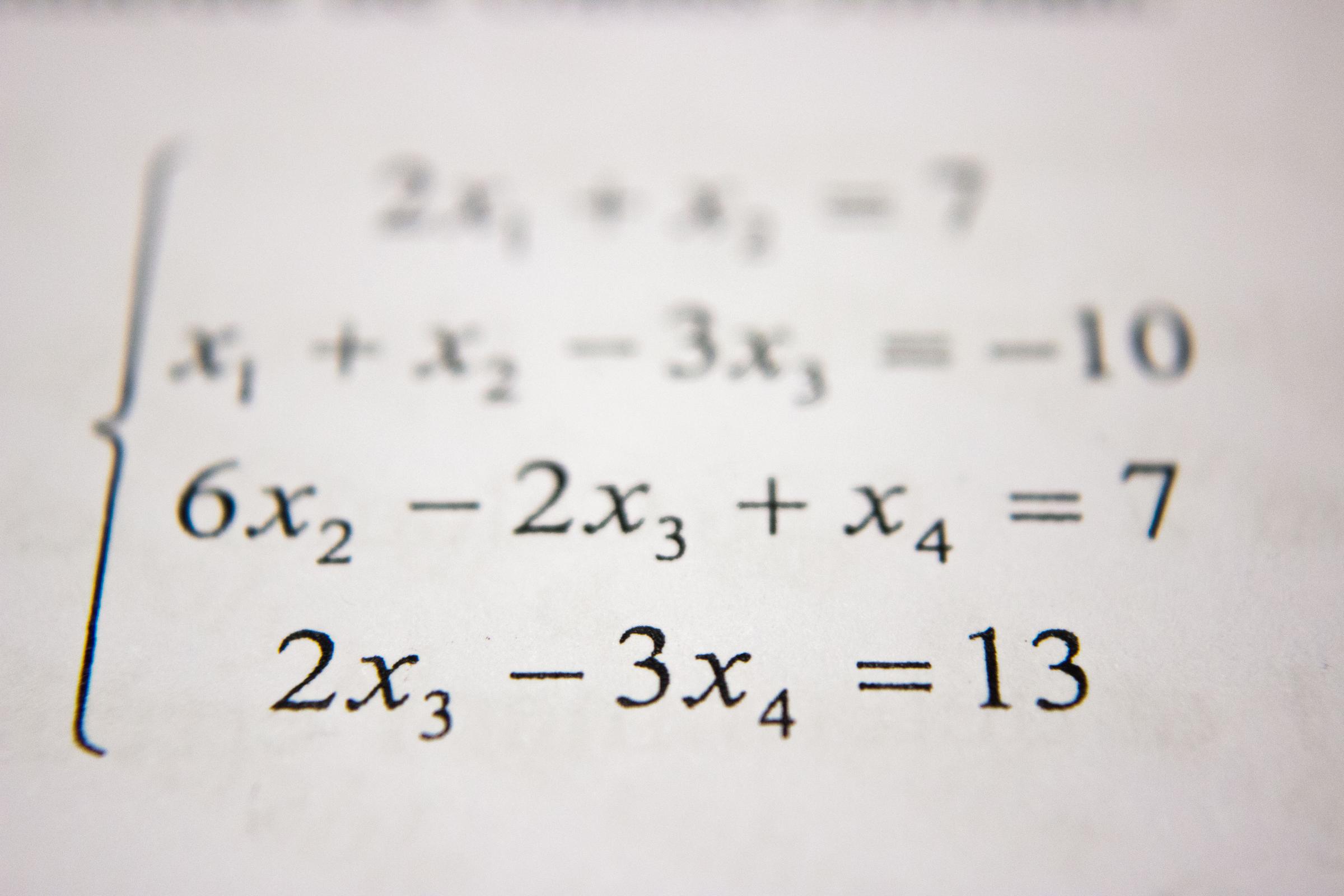
Mathematics
Mrs Robyn Wilson - MaST - Mathematics Specialised Teacher
Stage 3 for the last 2 weeks of term have been learning about different types of angles and how to measure them. Below is the angles that we are learning about in class.
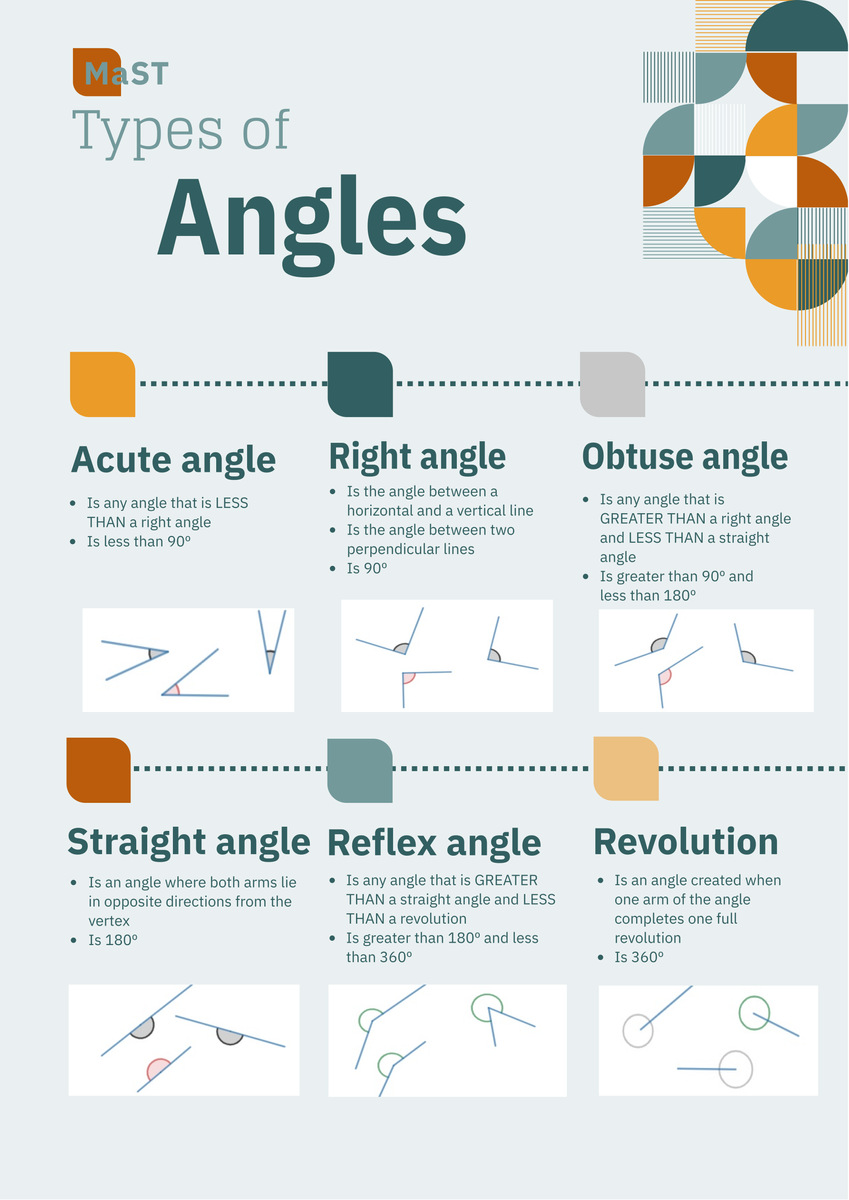

The students have been struggling with how to use a protractor.
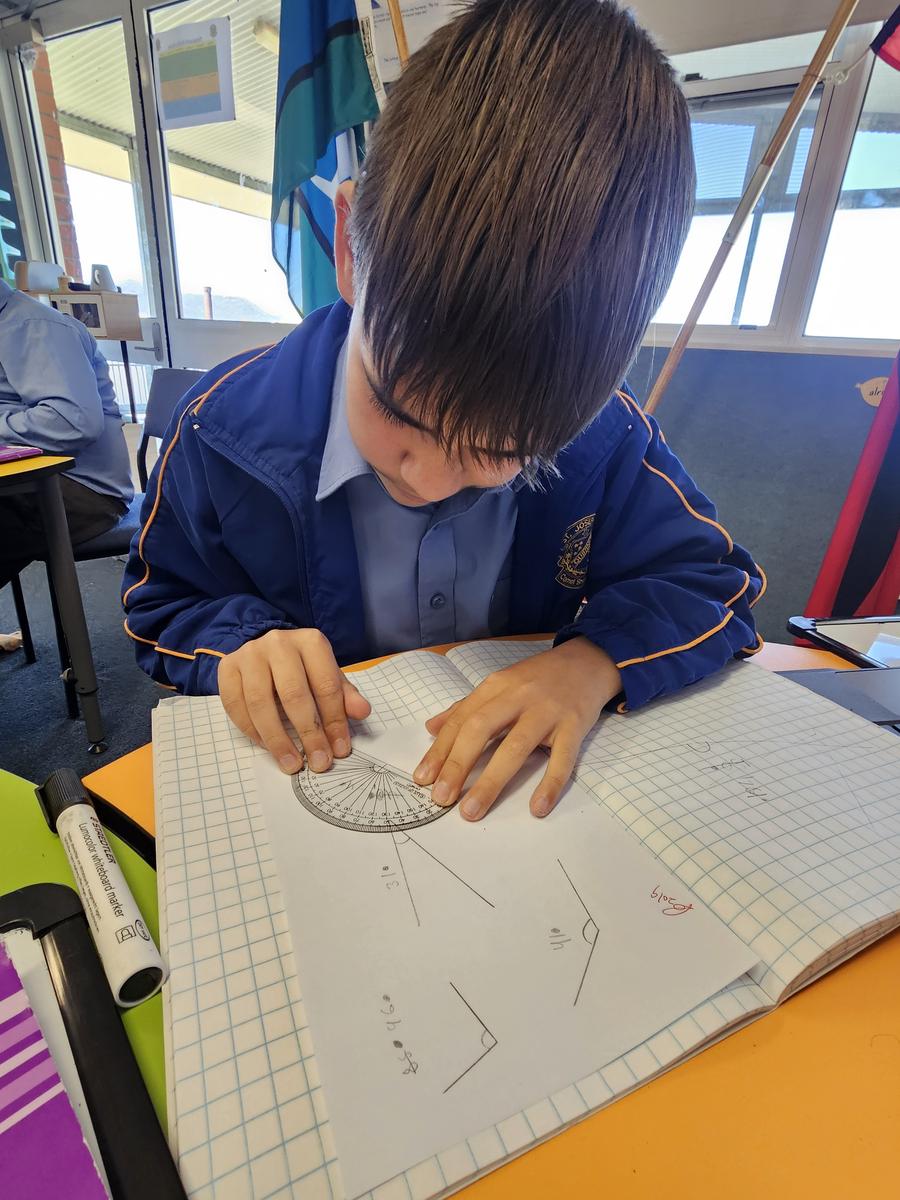



So they were challenged to make a presentation to teach the Stage 2 students how to use a protractor.
Below you can see some of their work.
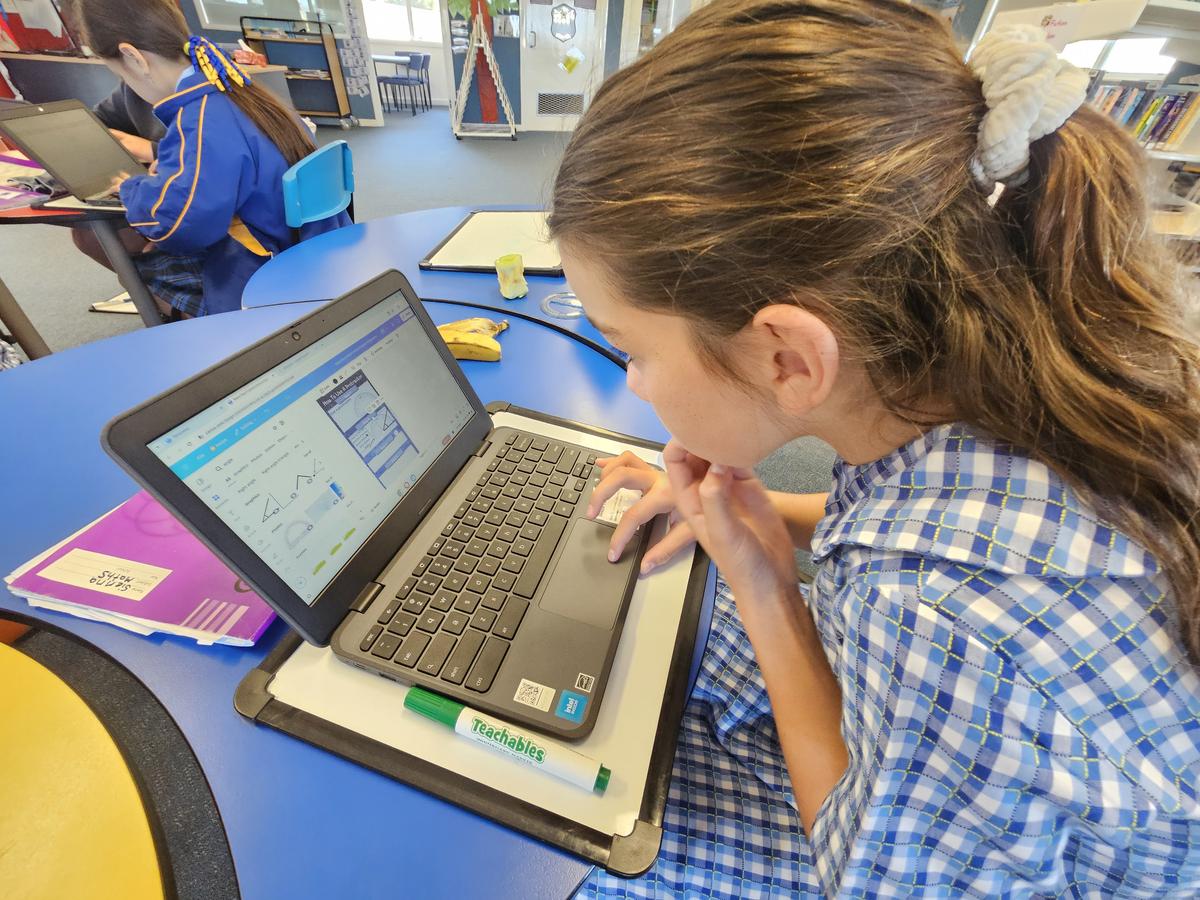
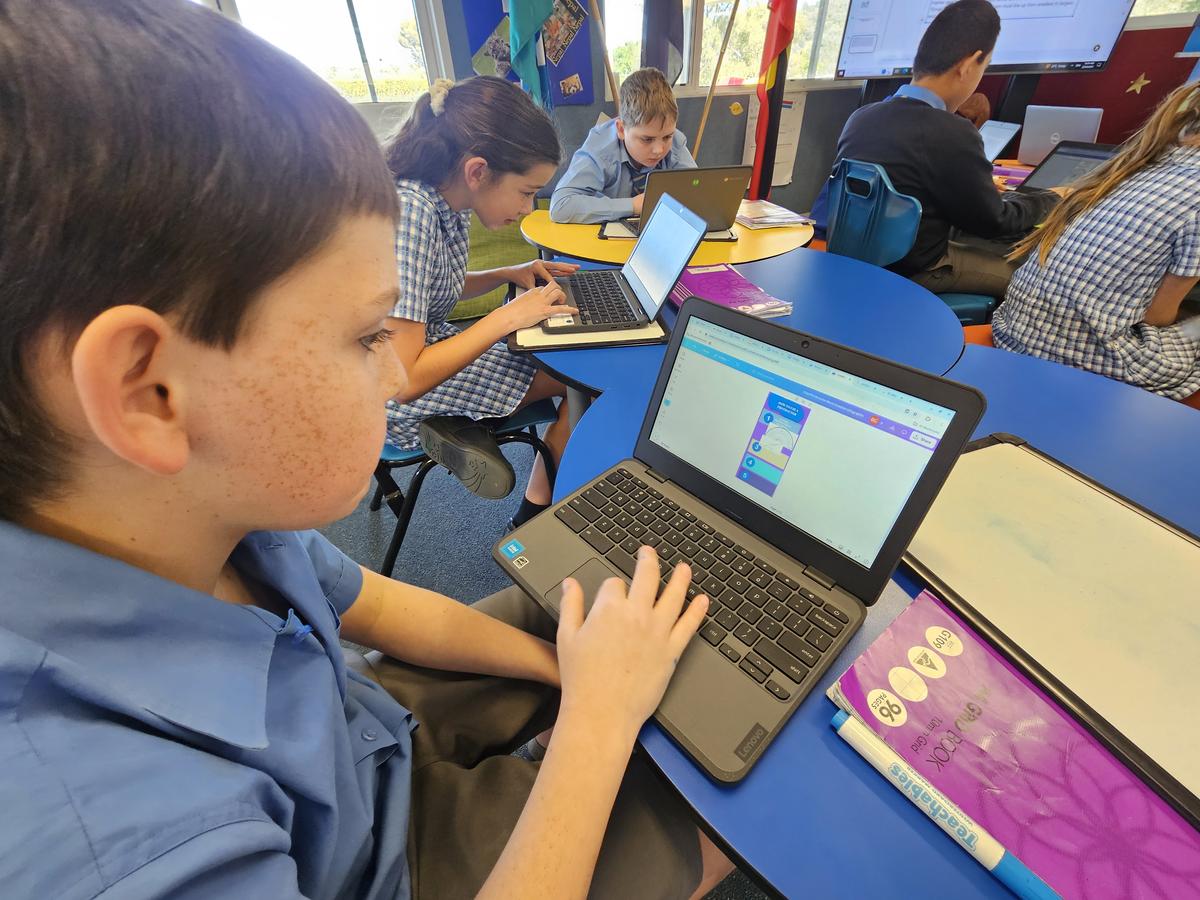
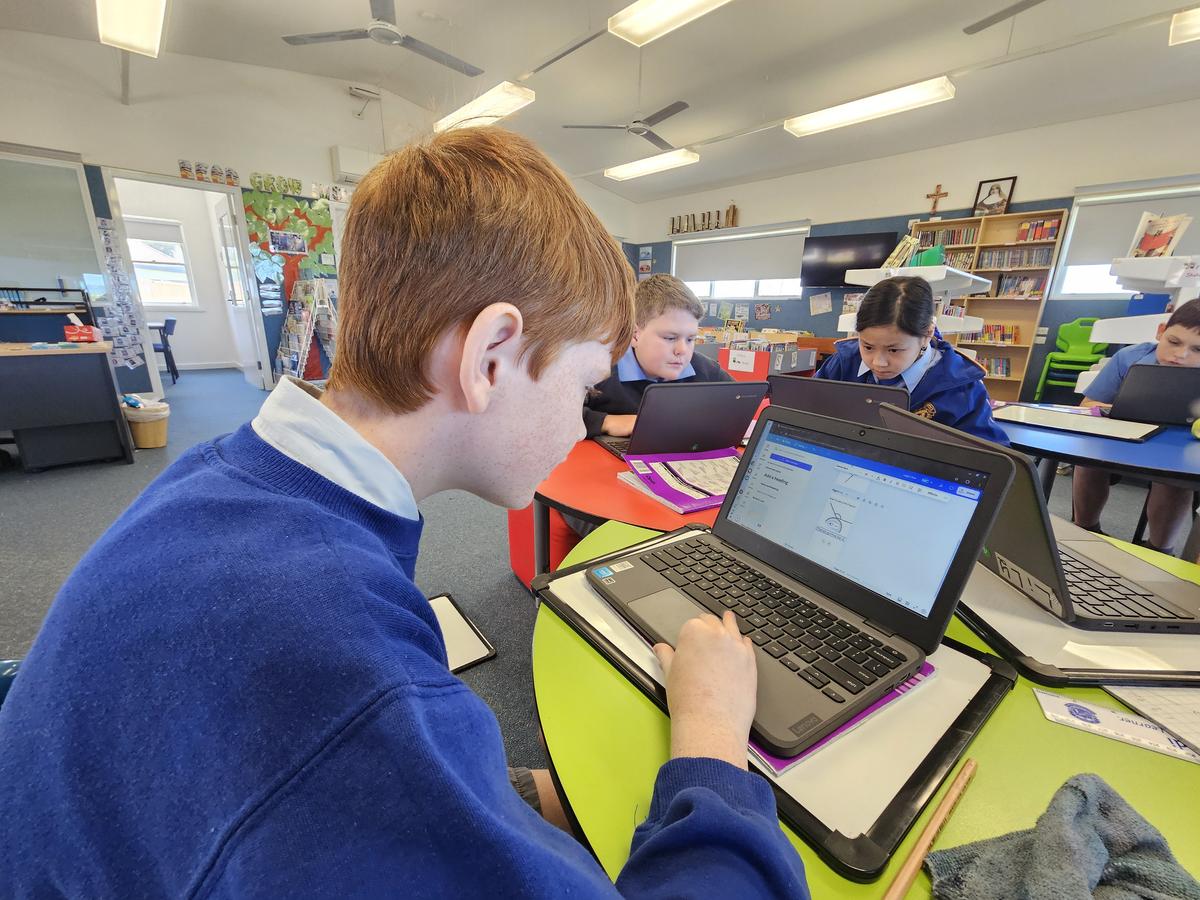



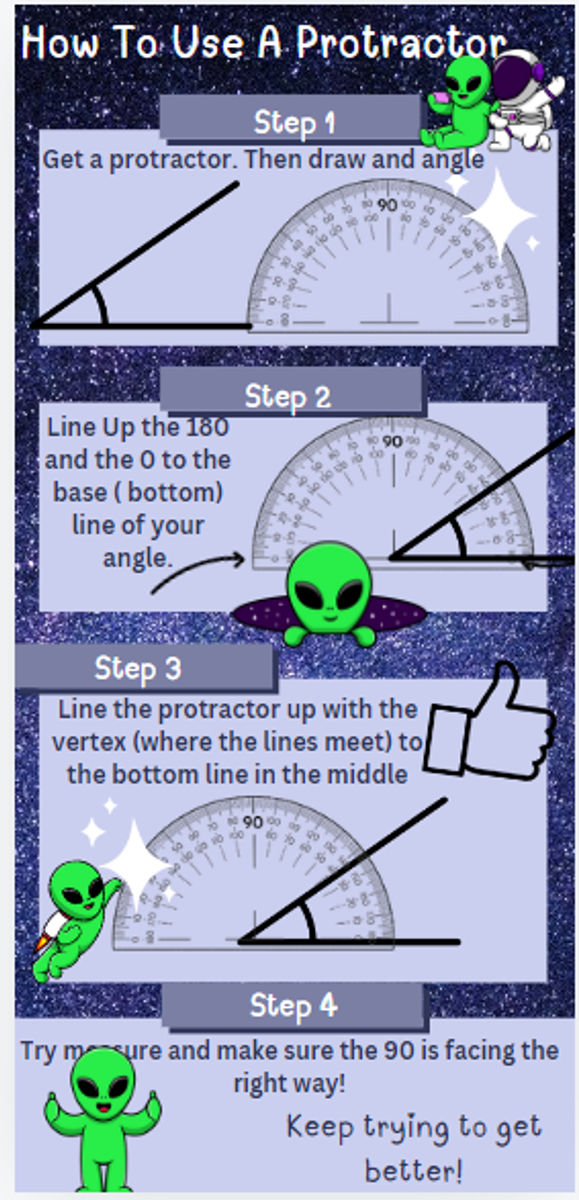

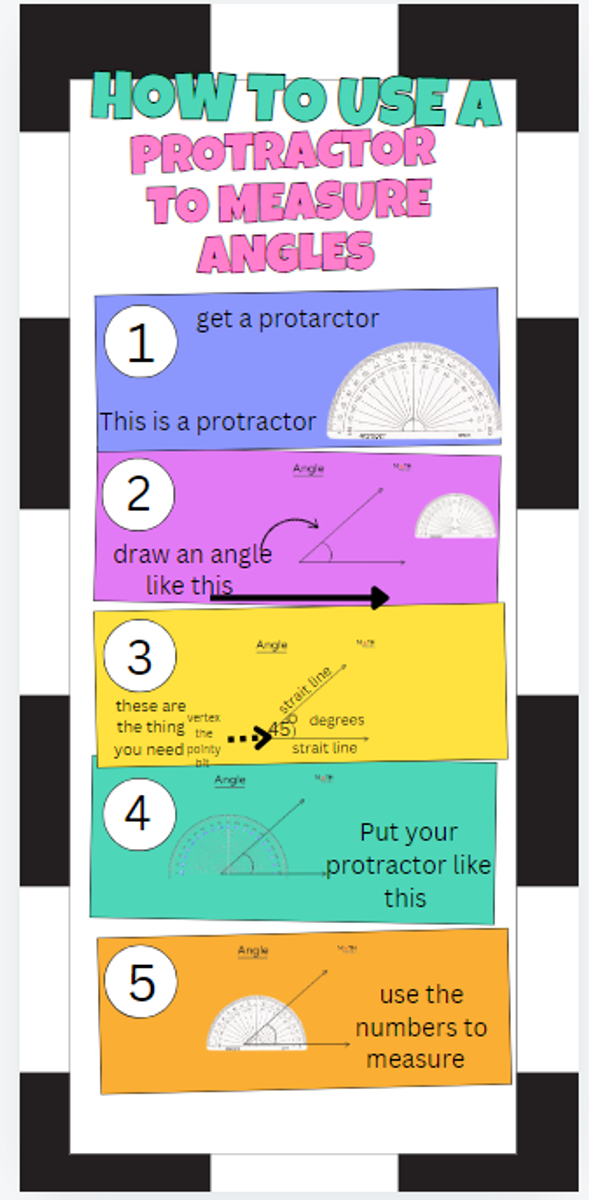

Even the Stage 3 students love to play games. Below is a game that we played-
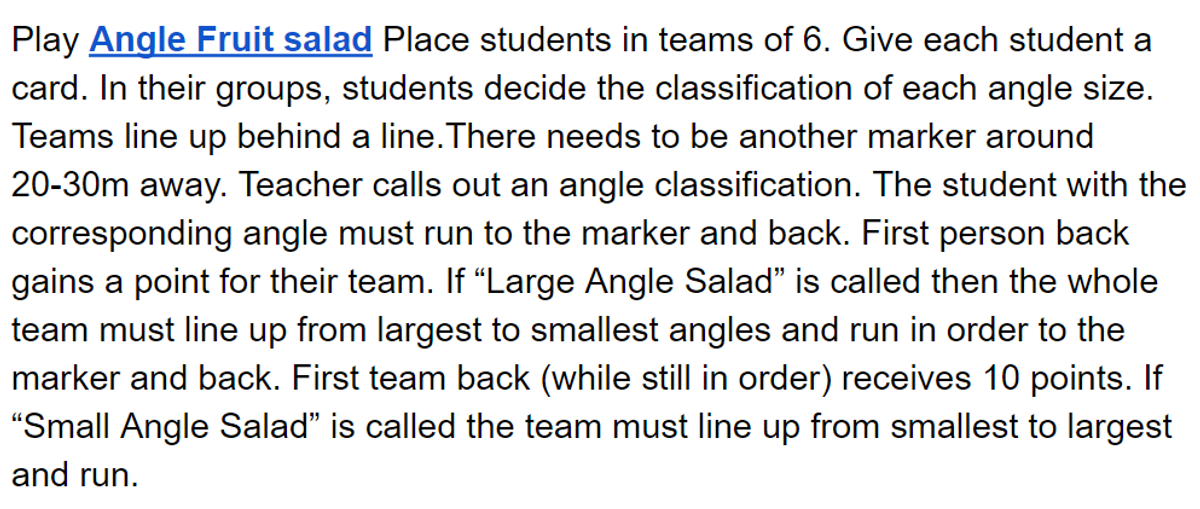


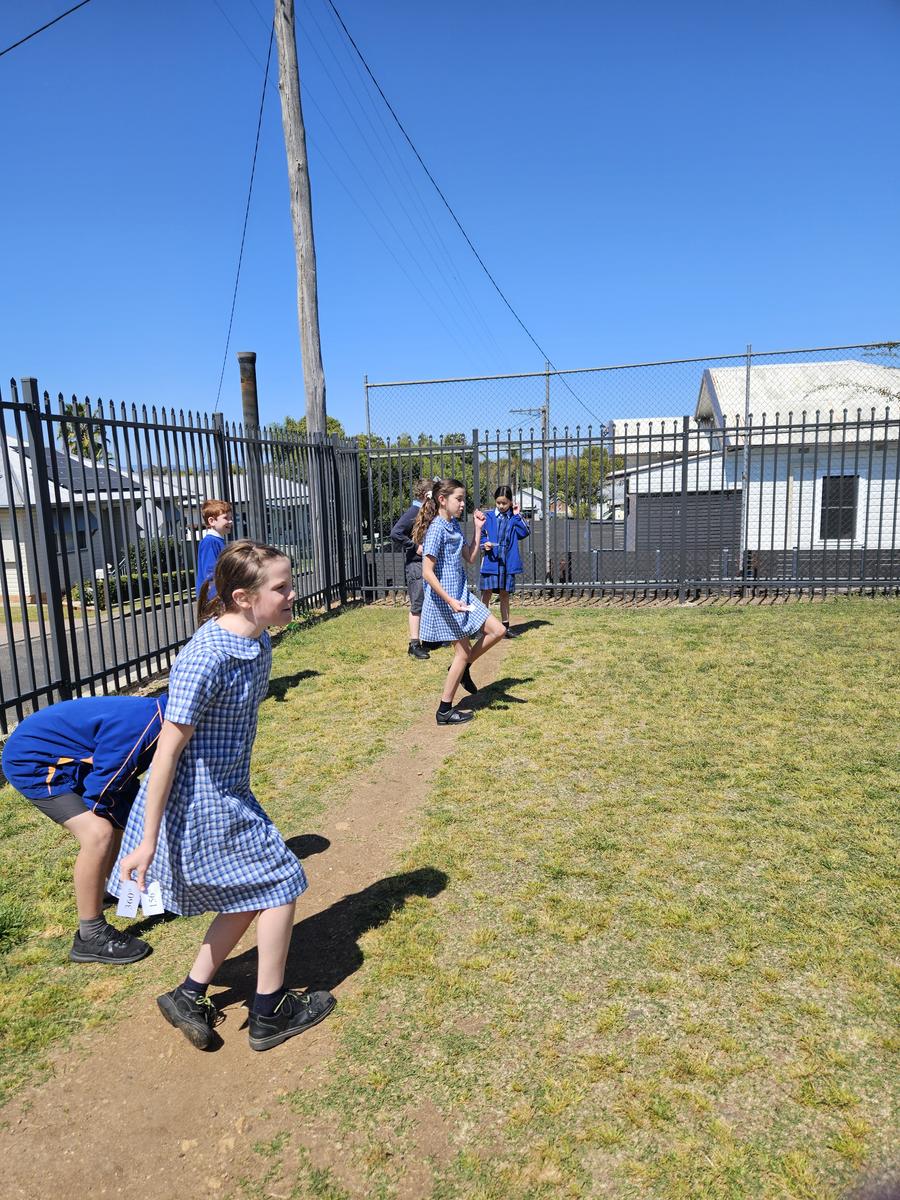


Tips for parents:
Use Everyday Examples: Incorporate angles into everyday situations. For example, discuss the angles formed by the hands of a clock, the corners of a book, or the intersection of roads.
Visual Aids: Utilize visual aids such as pictures, diagrams, and physical objects to help children visualize angles. You can use drawing tools like protractors to show different types of angles.
Real-world Applications: Connect angles to real-world applications. Discuss how angles are used in construction, design, and other fields. This can help children see the relevance of angles in everyday life.
Body Movements: Encourage children to use their bodies to create angles. For instance, they can form acute angles with their arms or demonstrate a right angle with their legs. This hands-on approach can enhance understanding.
Comparisons: Teach children to compare angles. Discuss terms like acute (smaller than 90 degrees), right angle (exactly 90 degrees), and obtuse (greater than 90 degrees, but less than 180 degrees). Help them identify these angles in various contexts.